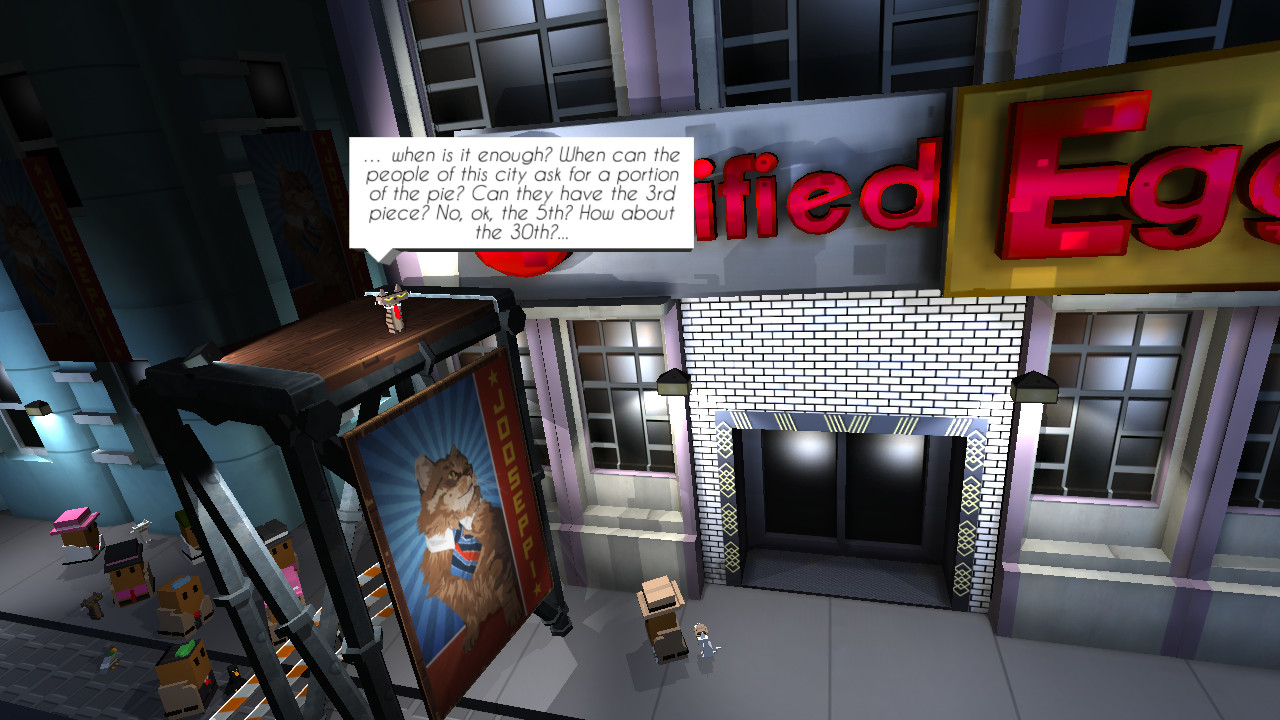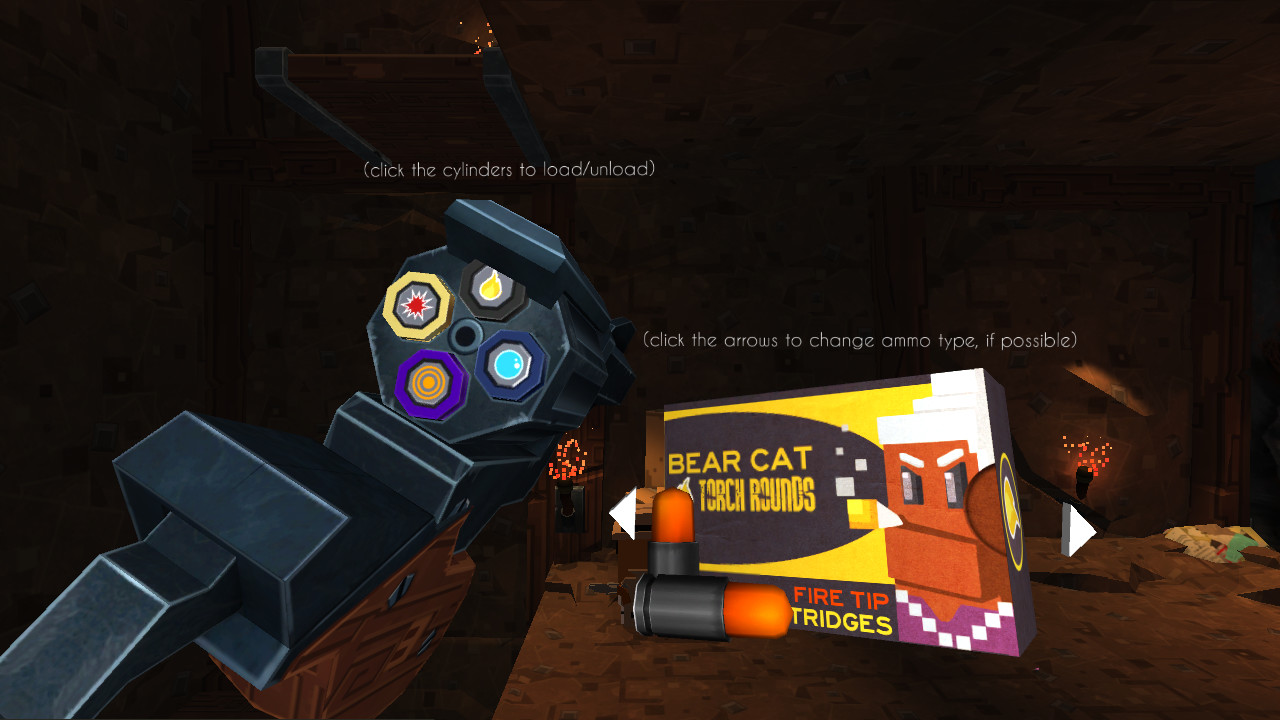Hot Tin Roof: The Cat That Wore A Fedora - Review
Buried under its tortuous level designs, needlessly convoluted mechanics, and overly ambitious plot, there’s the game Hot Tin Roof wanted to be. A quirky mixed of film noir, classical adventure games, and exploration focused platformers, it’s full of heart but lacking in direction. It attempts to blend so many styles of play as to end up degrading all of them with an unfocused design that often left me confused and frustrated, wondering how such a promising start had spiralled into a mess of half-finished concepts.
Hot Tin Roof follows Emma Jones and her sidekick cat, Franky, two up and coming detectives thrown onto their first case when a wealthy business man is murdered and his will stolen. Events quickly become much larger in scope however as the murders start piling up, fingers are pointed, and Emma and Franky are the only ones seemingly capable of doing anything about it.

While Hot Tin Roof’s setup is lovingly reminiscent of classic detective films, it has trouble piecing its plot together between its opening and closing moments. Events and clues are presented in an anachronistic, disorienting manner which often accidentally discloses key plot points before you’re meant to understand them. It commits a cardinal sin of any whodunit narrative, by only ever introducing important elements when they’re immediately relevant to the mystery at hand and thus degrading the impact of seeing how the pieces fit together in the end.
I was constantly being clued in on the happenings of characters I’d never been introduced to, relationships that seemed to spring up out of thin air, and revelations that I didn’t understand the significance of. Everything comes together in a way that feels agonizingly contrived and stretched too thin, as if originally intended as multiple stories haphazardly bundled together for a shocking last-minute reveal of how everything is connected. Only in this case I already knew what was happening, I just wasn’t allowed to proceed until the game realized it too.
Maybe what’s more disappointing than what Hot Tin Roof tries and often fails to do with its plot, is everything it leaves on the table. The elements I found most interesting, like the rampant inequality levied toward the rats, the discrimination of cats by their human owners, and the sprawling city left to rot as people built a new one above ground, are all used as window dressing for the actual narrative which in many ways is fairly routine and simple, only delivered in a way that suggests otherwise. I’d have loved to greater explore the different inner city societies that the game hints at, or to have seen an expansion on the difficult relationship between Emma and the waitress of a local diner, but Hot Tin Roof is too preoccupied with its web of plotlines to do anything but introduce these and other subplots before abandoning them.

Abandonment is something I felt in a lot of areas of the game, from its near complete lack of direction, to an excessive number of mechanics that have a habit of stepping on top of each other. The world is huge and twisting, and without a map or anything pointing you toward your objective I was left to wander in the hopes I’d find some sidepath I’d missed, or stumble upon a button prompt I’d accidentally passed over. At times it became so bad I began to wonder if I’d broken the game, but it was only that I had missed a trigger somewhere the game had never informed me I needed to go.
Exacerbating this issue is how much of the world is used for nothing but putting distance between you and your destination. I spent a significant amount of time wandering through barren streets, empty hallways, and dull caverns looking for the one clue I was required to pick up to proceed, and often the only way out was to retrace all of my steps essentially doubling the amount of time needed to travel anywhere in the game.
Hot Tin Roof’s mechanical structure similarly takes on more than it had any need to. Abilities come in the form of different bullets for your revolver, but most are used only for extremely particular tasks, usually ones that require more convoluted executions than the result would seem to imply. It also has the habit of neglecting most of your abilities to focus on whatever new toy you’ve acquired, but then force you to use an older ability in a way you were never informed it was for. Switching abilities also requires you reload your revolver bullet by bullet, which while a cool system takes up an exhausting amount of your playtime do to the constant necessity to switch abilities.
Final Word
Throughout my time with Hot Tin Roof, I couldn’t shake the feeling that I was playing something unfinished, and which had had little to no playtesting performed prior to release. It’s trying so so hard, and at times I was completely on board, but it’s bloated design consistently felt like a project that had veered wildly from its original intent into something larger than it had the ability to pull off. I’m not sure how I could do anything but adore a game co-starring a cat in a fedora, but clearly Hot Tin Roof has given me that answer, no matter how much I didn’t want to hear it.
Hot Tin Roof was developed by Glass Bottom Games and is available on PC, Mac, and Linux via Steam. It was reviewed using a copy provided by the developer.

